Hydroponics – Where Do I Start?
INTRODUCTION
It all started in late 2013 / early 2014 when my wife started testing the market by buying $1 imported seeds from AliExpress and selling them online locally by repacking them. She also started experimenting with many different kinds of hydroponics systems using unused containers and styrofoam boxes at home. Once she had succeeded with her experiment, she started selling customized hydroponic systems for hobbyists. To complement this, she also sells imported seeds, various growing media, drip irrigation systems, and other hydroponics supplies.
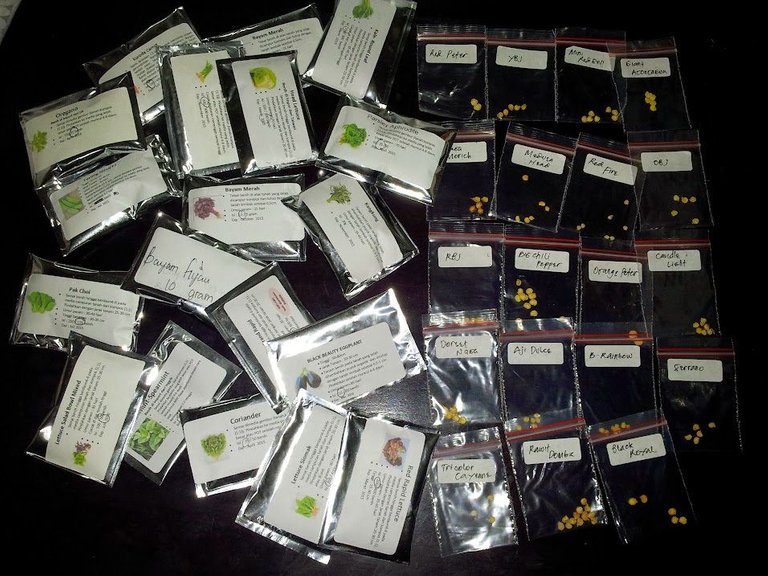
Our hydroponics business journey started from selling seeds.
Experiment building different types of hydroponics systems at home.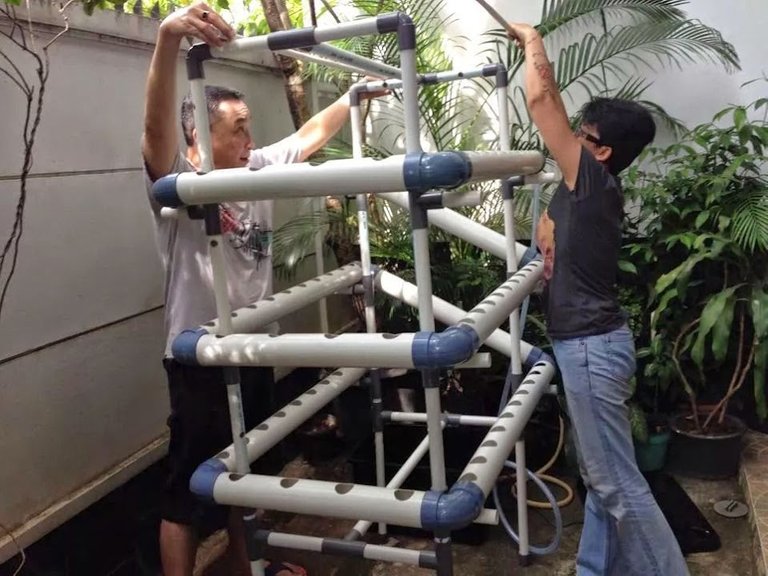
Installation of the first DFT (Deep Flow Technique) system we sold in 2014.We joined hydroponic communities on Facebook and actively visit hydroponic exhibitions and gatherings when possible. This was when we started building our networks and getting a better grasp of the market, as well as the players who later became our partners. Our small business started growing slowly and steadily as we know more and more people.
It was not until 2017 that we decided to build a greenhouse that would serve as a small production facility and a showroom. During this time, I often got asked by people about hydroponics farming. Here are some of the most frequently asked questions:
- Where do I start?
- What do I need to start hydroponics?
- How difficult is hydroponics?
- Is hydroponics expensive?
So in this post, I want to share our experiences and what we think is important to be successful in hydroponics.
Hydroponics is the art, method, or technique of growing without using soil.
A few things you need to be aware of before starting hydroponics:
I. PASSION & TIME
You need to have both passion and time if you want to be successful. Plants are living things. Like humans, they need nutrition and proper care to grow optimally. They are vulnerable to diseases, and to the external environment. They have natural enemies such as pests and insects. If you are a parent then you would understand better what is involved in rearing and caring for a newly born child. It's the same with plants. You would need to develop a new set of routines for daily, weekly, and monthly – a habit change.
II. ROUTINES
Here are some of the routines involved:
1. Nutrient Solution Check
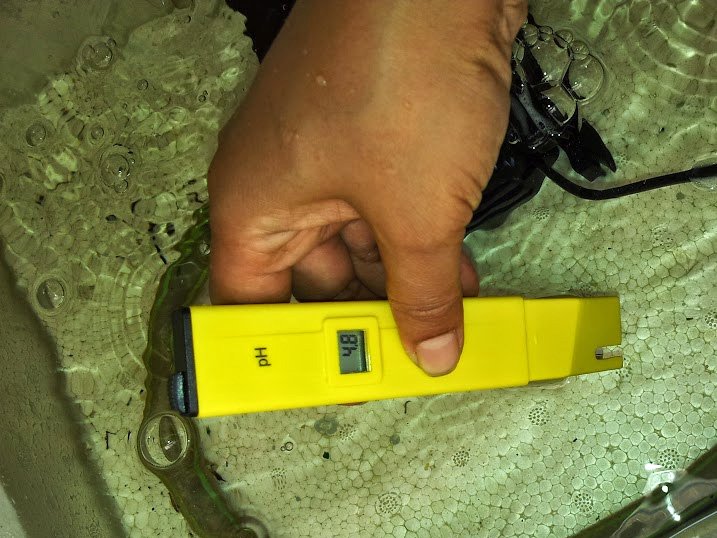
pH too low, what to do?Hydroponics fertilizer consists of 2 packages in the form of salts, called AB Mix. In some countries, you are not permitted to buy them in salt forms, they are sold premixed with water solution and are more expensive. I buy them in salt forms and make my own stock solution. Besides making stock solution, you are also required to do a daily check on your nutrient in water solution for:
- Acidity/alkalinity check using a pH meter.
- Measure salt and minerals concentration using TDS/EC meter.
You also need to top up or refill your nutrient solution reservoir every 2 weeks or so.
2. Measuring Equipment/Tools

Measuring tools are important in hydroponics. Without them you are flying blind. Learn how to use and calibrate them.pH meter and EC/TDS meter are the 2 measuring tools you must have. You also have to know how to calibrate them (every 6 months) to get accurate readings.
3. Germination
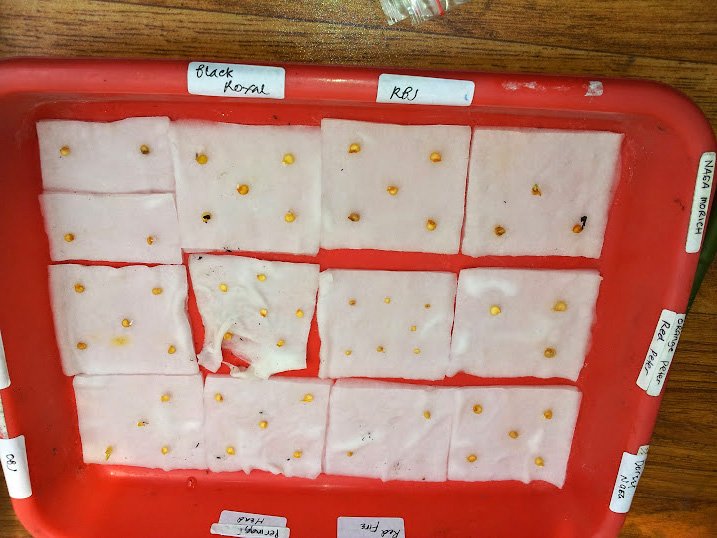
Seeds selection and germination process.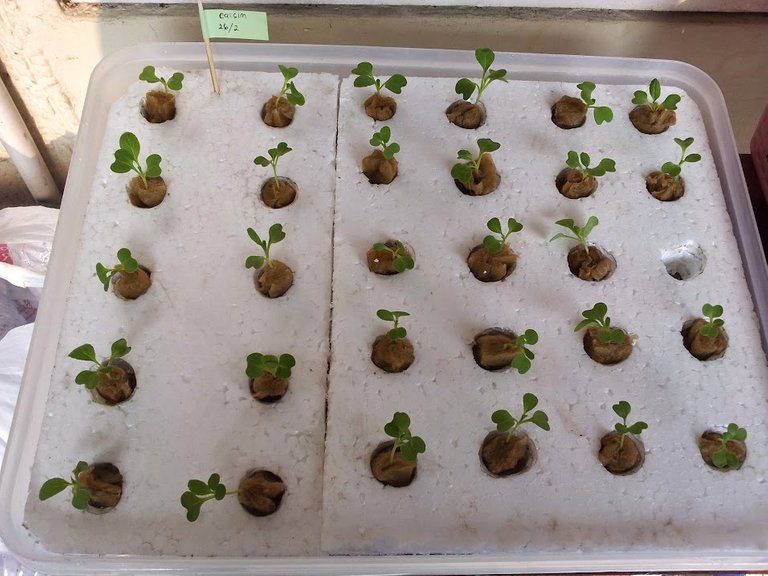
Seedlings on rockwool media.Learn how to select good seeds to germinate and use Rockwool as the growing media. Once they become seedlings with 3 - 4 true leaves, it's time to transfer them to your hydroponic system.
4. Observation
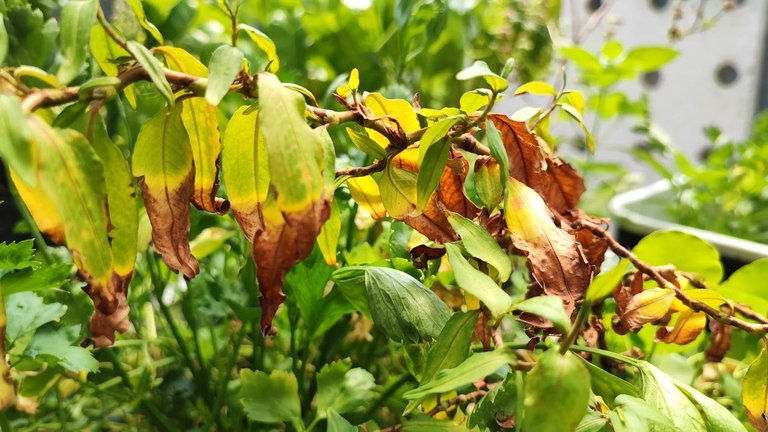
Your plant is trying to tell you something is wrong from their appearance.Just by observing leaves' growth daily, you can tell whether your plants are healthy or not. Any signs of discoloration, wilting, and curling on the leaves are the first indication something is wrong and requires your attention. Other indications like uneven/stunting plant growth, and discolored roots also indicate there's a problem with your plant.
5. Pruning
Remove dead stubs or leaves to allow room for new growth.
6. Housekeeping
Clean and disinfect your system after harvest before starting a new batch and ensure your surrounding environment is also clean.
7. Disease and Pest control
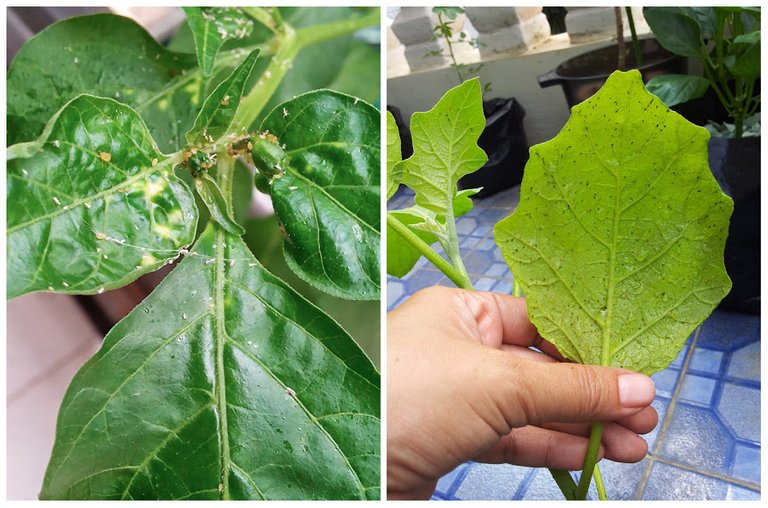
Mites and Aphids infestation. What to do? If you are building your system outdoors, you have a more challenging task to ensure your environment is clean. Plants are more prone to pests and disease attacks when grown in the open outdoors. Some of the types of pests you have to watch for are mites, thrips, moths, fungi, beetles, insects, etc. Plants' root systems are also vulnerable to diseases such as pythium or root rot. You need to be able to spot problems when they occur as soon as possible before they spread.
8. Nutrient Deficiencies
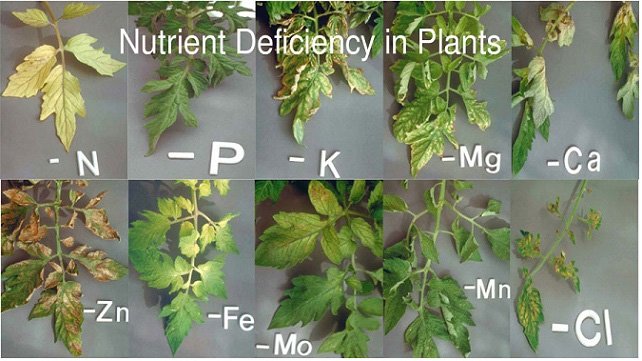
Source: Plant Nutrients Explained: Everything You Ever Need To Know
Giving too much or too little fertilizers could harm the growth of your plants. Normal plant growth and development depend on the availability of various mineral elements in a suitable combination. When plants lack sufficient supplies of essential nutrients, appearance and productivity suffer. Leaves discoloration usually provides the first visible clues. By understanding nutrient deficiencies and their signs, you can correct and prevent nutrient problems and yield a better harvest.
9. Documentation
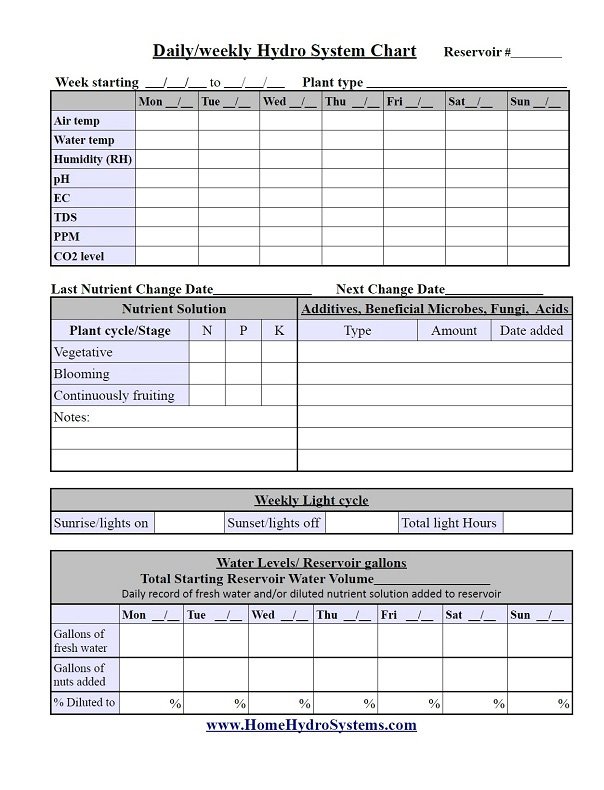
Source: Daily/weekly Hydroponic system chartsAnother important routine that is often underrated is documentation. Record the harvest age of each plant that you grow. Make a note of the start date of germination, when to transplant and when to harvest. Create a template to record daily pH, TDS, and water temperature measurements. Record the date and quantity of each nutrient or water addition. In essence, log and record all your activities for reference, and you will be grateful someday for having this documentation in place.
III. KNOWLEDGE
Hydroponics requires knowledge!
All the points I mentioned above in the "Routines" section require knowledge. Hydroponics knowledge can be obtained easily from various sources such as blogs, YouTube videos, or by joining hydroponics communities on social media.
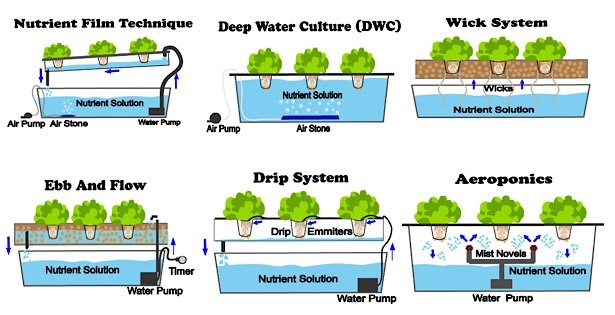
Source: 6 Different Types Hydroponics SystemsThere are 6 types of hydroponics systems. Get to know them all so you have a good understanding of how each system works. When choosing a system to use, consider the time when you are unavailable due to holidays or other matters. How long can your system last or survive without you?
When you choose an active system that requires electricity, also consider how reliable is the source of your electricity. How often do you experience power out in a week, a month, and a year? Do you need a backup electricity source?
IV. HANDS-ON
1. Start with a simple system.
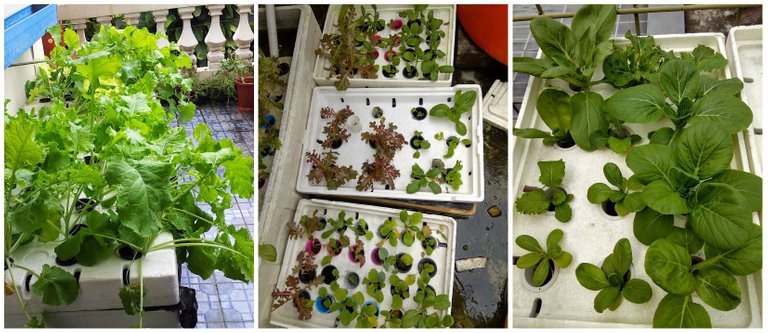
We collect used styrofoam boxes from grocery shops and modify them into simple wick system.
Hydroponic systems can be grouped into 2 main categories: passive and active systems. Passive systems are the simplest as they do not require electricity like water pumps, air pumps, etc.
Start with a simple system, the wick system. Take advantage of unused items around you. Plastic water/soda bottles and used styrofoam boxes can be used for the container.
2. Easy to grow vegetables.
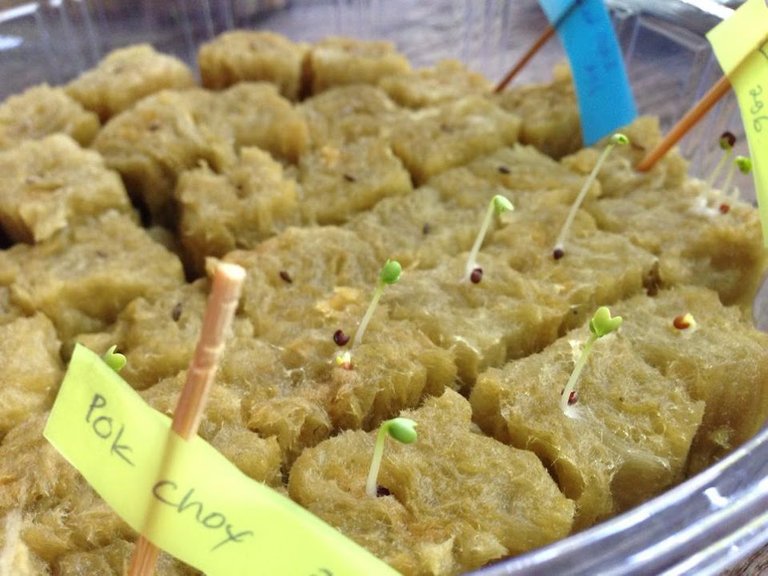

Bokchoi, Spinach, Kale, Basil, Mint are easy to grow.
Each vegetable has its own growing habitat. Some thrive only in the highlands, some thrive only in the lowlands, and/or some thrive in both. As a beginner, it is highly recommended to learn to grow types of plants that are easy to grow and easy to care for, such as kale, mustard greens, spinach, lettuce, basil, or mint. Get the "feel", get used to new routines, and build your confidence.
V. COSTS
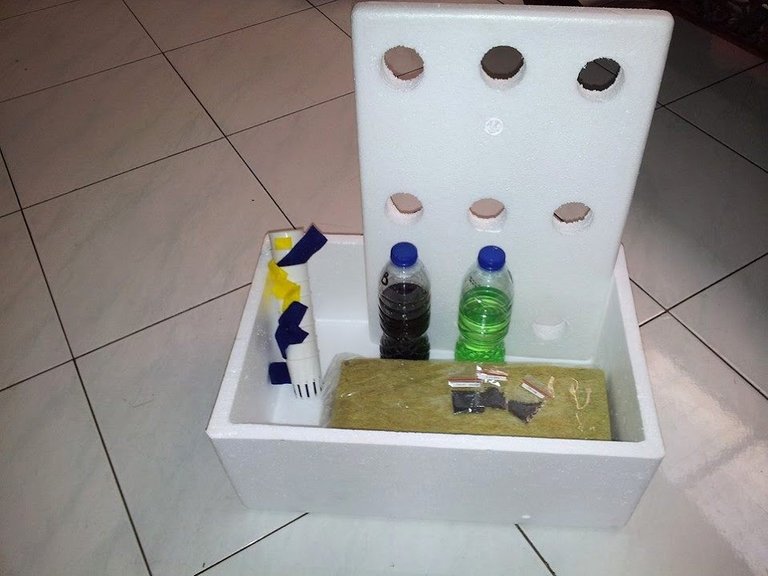
Starter kit consists of styrofoam box with 9 grow holes, stock nutrient solution, 9 netpots, flannel (wick), rockwool media, pH meter & TDS meter and 3 different kinds of seeds.
There are costs in hydroponics, and those costs are related to:
- The type of system you want to build and the material you use.
- Measuring tools - a cheap pH meter and an EC/TDS meter are about USD$5-10 each.
- Nutrient Solution – a 5-liter stock costs about USD$5
- Greenhouse if you want to build one (beyond the scope of this article).
- IoT - automation (beyond the scope of this article).
To experiment with hydroponics you only need the measuring tools and nutrient solution. Start building your wick system using used containers from around you, or buy a grow kit that costs around $15-$20.
CONCLUSION
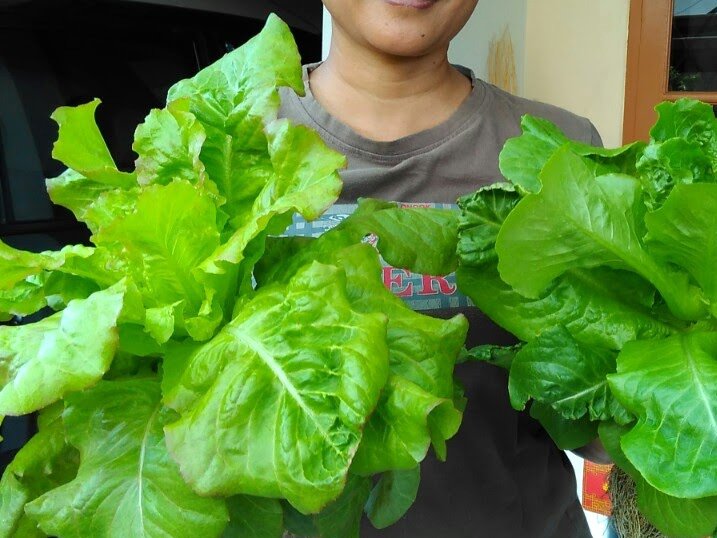
The long awaited harvest.Hydroponics is fun and challenging because we are constantly encouraged to keep learning. In addition to learning how to grow, we also learn to improvise in building more sophisticated systems. Don't hesitate to try and experiment. Don't be afraid to fail, and most importantly, don't give up easily. Learn from your own mistakes and/or others. The most awaited moment is the first harvest. All the hard work, dedication, and commitment over several weeks, from the process of seed selection to the germination and caring, finally paid off.
So are you also interested in hydroponics and want to start experimenting but still have doubts?
Related Post:
Hydroponics – From Hobby to Business
Thank you for reading and for your support.
All images and/or videos in this post are created by me, otherwise, they will be specified. You can also support me by clicking this link or the image on the right. 🙂

ABOUT ME
A baby boomer who's trying to embrace and adapt to the new digital world. Before retiring, he worked for over 30 years in the IT industry. Now running an online vegetable delivery and hydroponics equipment supplies business with his wife based in Jakarta, Indonesia. Enjoy traveling, cooking, writing, and IT-related stuff. You're always welcome to leave a comment or feedback, and an upvote or reblog is also greatly appreciated.

These are interesting things about hydroponics. I never thought it would be this meticulous but I believe it is rewarding too. Thank you for sharing them :)
Hydroponics is a lot of fun. It brings farming to the next level and continuously challenges you to improvise to yield a better harvest.😊
I believe you on that as you have experienced it :) Hope to be able to visit one someday :)
It's gaining popularity, and am sure there's one near you.😊
I love this publication, I have learned about Hydroponics, which is one of my dreams, and I have this bookmarked for future reference. Greetings!
Cool! Start with the simple wick system just to get the feel. Thanks for stopping by.😊
Thank you for that tip, I'll keep that in mind, you're welcome, and have a nice day ahead.
Congratulations @rebolegi! You have completed the following achievement on the Hive blockchain and have been rewarded with new badge(s):
Your next target is to reach 500 comments.
You can view your badges on your board and compare yourself to others in the Ranking
If you no longer want to receive notifications, reply to this comment with the word
STOPTo support your work, I also upvoted your post!
Check out the last post from @hivebuzz:
Thank you @hivebuzz for your support.🙏
You're welcome @rebolegi, it's well deserved! Congrats on your constant involvement on Hive 😊👍
You're welcome @rebolegi, it's well deserved! Congrats on your constant involvement on Hive 😊👍
Your post has been chosen by @ligayagardener for the next addition of 'The Garden Shed', a collection of archived posts by @gardenhive that feature useful gardening advice, DIY tips, homesteading tips and inspiring gardens.
Thank you @ligayagardener for your support.🙏
No worries! Glad to encourage.
I found a post from Facebook before about hydroponics they said it's a good business. It is actually interesting.
!PIZZA
I believe hydroponics is the future of farming. Check this interesting article about vertical farming. Thanks for stopping by and the pizza!😀
PIZZA Holders sent $PIZZA tips in this post's comments:
@anonymous02(2/5) tipped @rebolegi (x1)
Please vote for pizza.witness!
Looks delicious 🤤
Delicious? Did you mean the vegetable harvest?😀
Wow! Your wife is really the beginning of all of this hobby which in turn to be your business. There's really a lot of things to have and to be learned before someone could start having hydroponics.